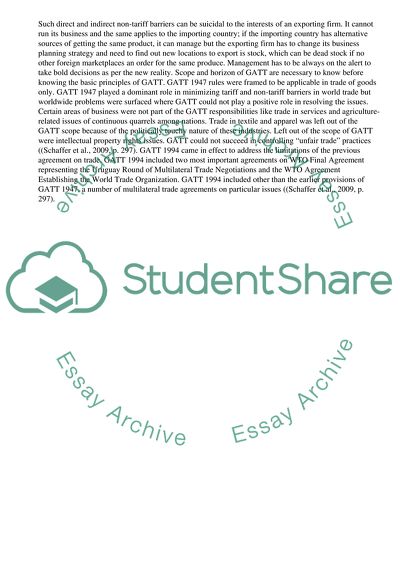Cite this document
(“General Agreement on Tariffs & Trade Research Paper”, n.d.)
General Agreement on Tariffs & Trade Research Paper. Retrieved from https://studentshare.org/business/1736458-general-agreement-on-tariffs-trade-gatt-and-world-trade-organization-wto
General Agreement on Tariffs & Trade Research Paper. Retrieved from https://studentshare.org/business/1736458-general-agreement-on-tariffs-trade-gatt-and-world-trade-organization-wto
(General Agreement on Tariffs & Trade Research Paper)
General Agreement on Tariffs & Trade Research Paper. https://studentshare.org/business/1736458-general-agreement-on-tariffs-trade-gatt-and-world-trade-organization-wto.
General Agreement on Tariffs & Trade Research Paper. https://studentshare.org/business/1736458-general-agreement-on-tariffs-trade-gatt-and-world-trade-organization-wto.
“General Agreement on Tariffs & Trade Research Paper”, n.d. https://studentshare.org/business/1736458-general-agreement-on-tariffs-trade-gatt-and-world-trade-organization-wto.


